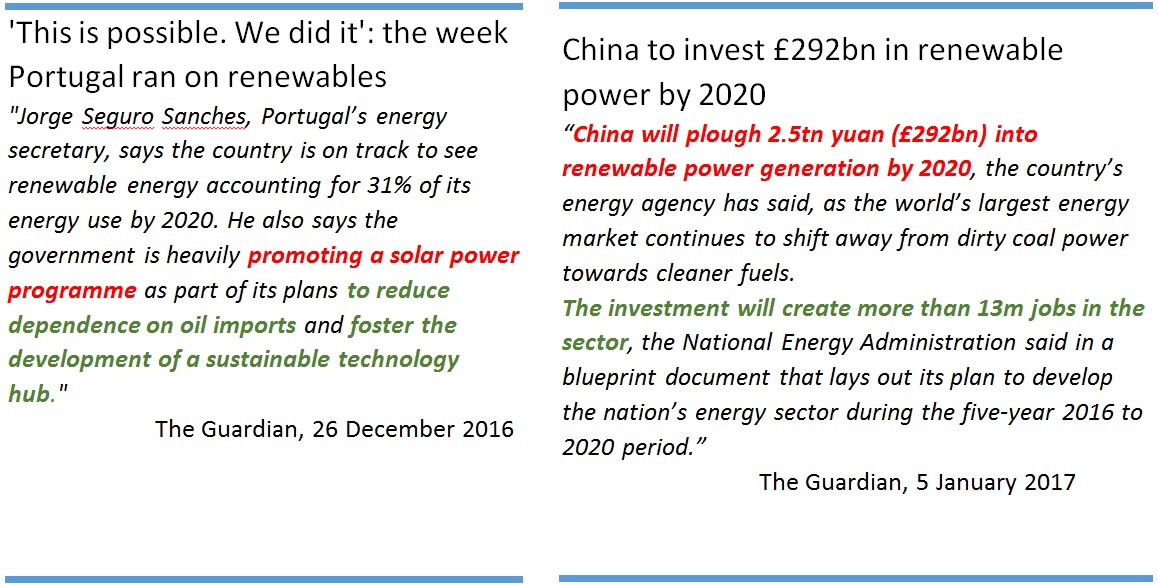Making climate action a sustainable development contribution
What language needs to be spoken?
- {{"article.by"|translate}} Natasa Markovska, RCESD-MASA
- {{"article.posted"|translate}} 01-06-2020
Making climate action a sustainable development contribution
What language needs to be spoken?
Incorporated in the national developmental pathways, appropriately selected climate actions could help harnessing the immense potential for reduction of GHG emissions and adapting to climate change, delivering at the same time benefits for some or all dimensions of sustainable development.
Therefore, the main question is how to select the best performing climate actions which can be effectively incorporated into national developmental planning and advance its sustainability. Surely, there is no one-size-fits-all answer, but the following can serve as guiding notes.
The first step when formulating climate action goals is to analyze appropriate and reliable data. The degree to which data supports economy-wide planning may depend on national circumstances, as well as the resource and expertise availability of the country. A lack of quality and timely data can hinder a country’s ability to make informed decisions on priority policies for climate change mitigation and adaptation. Data gaps can also be a barrier to stakeholder participation, as further information on science, predicted impacts, and costs to address climate change are of interest both to the general public and the private sector.
Establishing the underlying technical data and information to guide strategies in prioritizing sectors and defining any applicable targets can be a significant challenge. Greenhouse gases inventory, prepared under National Communications and Biennial Update Reports on Climate Chnage, could serve well for this purpose. However, data on emission projections, mitigation potential and costs are not always readily available, and can be a particular challenge for developing countries. Thus, there is a need for collaboration with domestic and international researchers and creation of science – policy making partnerships - research groups, housed in different universities or knowledge management groups set up within some ministry.
Furthermore, to maximize an efficient use of resources, Climate Action planning should capitalize on experience and tools developed in the production of related strategies and documents. The Climate Action strategies and plans should build on existing strategies and reports, such as National Communications, Biennial Update Reports, National Sustainable Development Strategies and relevant Sectoral Development Strategy (Energy, Energy Efficiency, Renewables, Transport, Industry, Forestry, Agriculture, Waste management and others), whenever possible to minimize overlapping efforts, as well as to utilize already developed technical expertise and data collection, especially for GHG inventories.
There might be different processes in the country by which various goals are being identified, but all of them should tend to align climate action to some or all dimensions of sustainable development. To strengthen this coordination and alignment, both communities of practice must recognize the added value and opportunities presented through leveraging the other agenda, while also recognizing and managing potential trade-offs. The quotes form two The Guardian articles present some good examples of articulation of the Climate Actions in function of sustainable development.


This is an example of a language policy makers and all stakeholders need to speak in order to ensure getting everybody on board to achieve the urgent and ambitious transformation leading to a climate-resilient world and equity and wellbeing for all.
Foto Credit: Adelphi https://www.climate-diplomacy.org/publications/infographic-making-development-sustainable-through-climate-action
-
Корисни линкови
26-01-2021 -
Справување со климатските промени и загадувањето на воздухот во градот Скопје
29-04-2018 -
Финансирање во климата
28-01-2022 -
Микронаративи
08-06-2022
{{"article.lastestPosts"|translate}}
-
Нови финансирања за унапредување на природата и биолошката разновидност на Зелената агенда за Западен Балкан
11-03-2025 -
Започна проектот за развој на 1-от и 2-от двогодишен извештај за транспарентност и 5-от национален извештај за климатски промени на С.Македонија
04-03-2025 -
Земјоделски форум за климатски промени: Се изнаоѓаат решенија за поголема климатска отпроност на заемјоделието
02-12-2024 -
Заврши COP29, центарален фокус на финасирањето за климата
02-12-2024




 Мод за знаковен јазик
Мод за знаковен јазик Говорен асистент
Говорен асистент Означи линкови
Означи линкови

 Зголеми маус
Зголеми маус